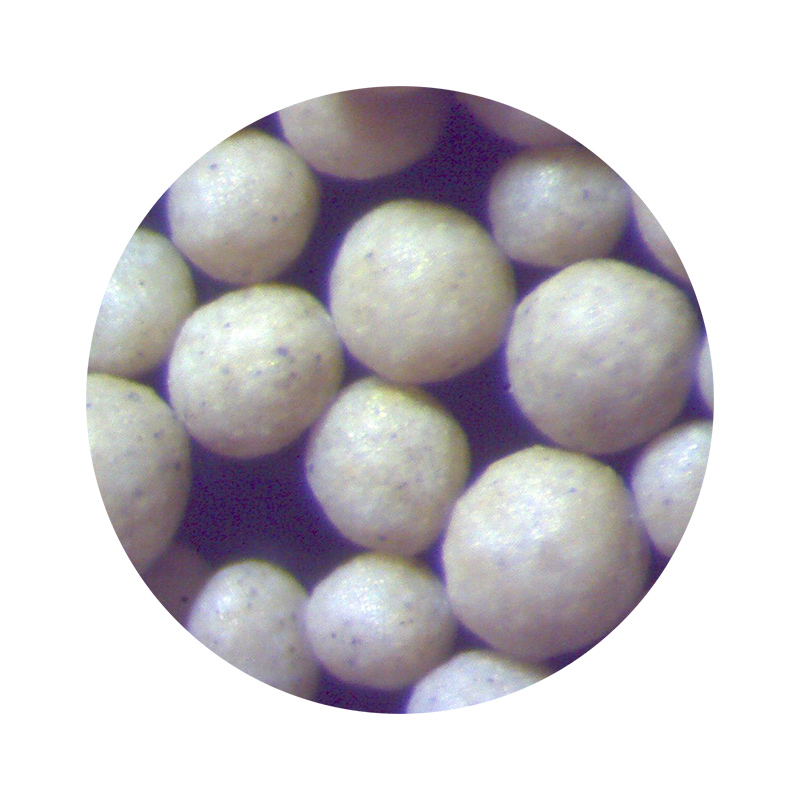Can You Sand a 3D Print? Understanding the Process and Techniques
3D printing has revolutionized the way we create objects, allowing designers and hobbyists alike to produce intricate pieces with relative ease. However, one common question that arises after the printing process is Can you sand a 3D print? The answer is a resounding yes, and sanding can dramatically improve the finish of your printed models.
After a 3D print is completed, it often comes out with visible layer lines, rough edges, or unattractive surface imperfections. Sanding is a valuable technique that allows you to smooth out these imperfections, resulting in a more aesthetically pleasing and professional-looking final product. Here’s a closer look at the sanding process and what you need to consider.
Choosing the Right Material
Before you begin sanding, it’s essential to consider the material of your 3D print. Common materials like PLA, ABS, and PETG each have unique properties. PLA is relatively easy to sand, as it is softer and more forgiving. ABS, on the other hand, can be more challenging due to its toughness but can be smoothed more effectively with proper techniques. Understanding the characteristics of your material will help you choose the right sanding approach.
The Sanding Process
can you sand a 3d print

1. Start with Coarse Grit Begin with a coarse grit sandpaper (around 80-120 grit) to remove any significant imperfections and layer lines. Use gentle pressure and work in a circular motion to avoid creating flat spots on the model.
2. Progress to Finer Grits Once the major imperfections are smoothed out, gradually move to finer grits (220, 400, up to 1000 grit). Each transition should be aimed at refining the surface further. This gradual approach helps in achieving a smooth finish without damaging the printed model.
3. Wet Sanding For certain materials, wet sanding can be beneficial. This technique involves using water to lubricate the sandpaper, which can reduce dust, lessen the heat generated while sanding, and result in a smoother finish. It’s particularly effective with materials like ABS.
4. Final Touches After sanding, it’s a good idea to clean the model to remove any dust or debris. You can also consider applying a primer or paint to enhance the appearance further.
Conclusion
Sanding a 3D print is not only possible but also an essential step for many projects. With the right materials, techniques, and a little patience, you can significantly improve the look and feel of your 3D-printed objects. Whether you're creating functional parts or artistic pieces, the effort you put into sanding can elevate your work from a basic print to a stunning piece of craftsmanship. So gather your sandpaper and get started on achieving that smooth finish!
Post time:Oct . 31, 2024 19:23
Next:A Step-by-Step Guide to Creating Sand Castings Effectively
